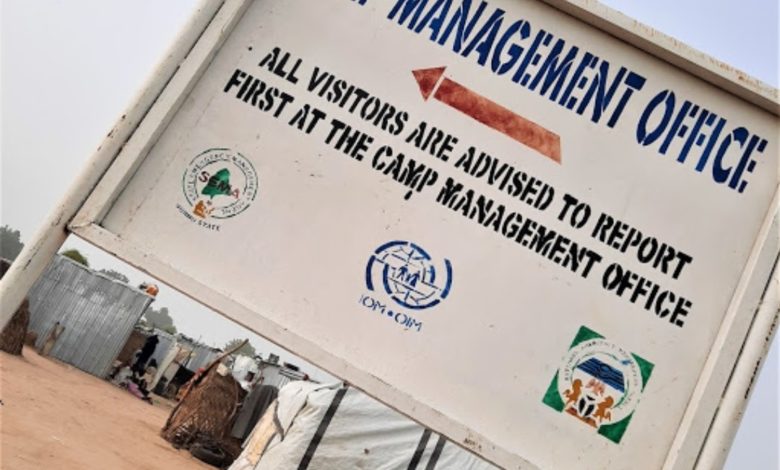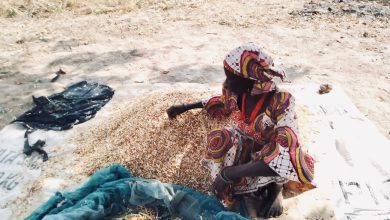Inaccessible Areas In Northeast Face Famine Risk
Famine monitoring System (FMS) report highlights famine threat and the need to collate data and monitor food and nutrition security in inaccessible areas.

The Famine Monitoring System (FMS) report has revealed risks of acute malnutrition and efforts to collate data on the increased risk of famine-like conditions in hard-to-reach areas in northeastern Nigeria.
FMS is an initiative of the Food Security Sector and Nutrition Sector led by the Nigerian Government, deployed for tracking needs, acute food, and nutrition security situations in inaccessible areas in Borno, Yobe, and Adamawa states.
Partially and totally inaccessible areas are hard to reach due to factors such as environmental challenges and security risks.
Although aid workers and facilities play a vital role in providing humanitarian assistance to vulnerable people, they have been frequent targets of attacks by terror groups operating in the region.
The famine monthly surveillance report was drafted through data collected from many accessible towns of Borno, Adamawa, and Yobe states with new arrivals from inaccessible areas.
According to the report which covered the month of June, the levels of acute malnutrition among new arrivals from the inaccessible areas is critical with the overall Global Acute Malnutrition (GAM) rates standing at 20.7 per cent and Severe Acute Malnutrition (SAM) at 4.9 per cent.
“This high level of acute malnutrition indicates an extremely stressed population including food insecurity, poor sanitation and hygiene and health conditions which are the key underlying causes of acute malnutrition,” the report revealed.
FMS report added that detailed analysis among the newly arrived population with good quality and adequate sample size showed severe consumption deficits and concerning Severe Acute Malnutrition rates (15 per cent) in Bama Local Government, whereas near Extremely Critical Global Acute Malnutrition rates were found in Gwoza, Magumeri and Kukawa.
“The elevated levels of consumption gaps, malnutrition and pervasive usage of emergency coping strategies, is largely underscored by limited availability of food stocks, restricted access to functional markets and water, health and sanitation services, which might heighten morbidity risk and impact households’ ability to engage in labour for food or resource gathering.”
While findings suggest a famine-like consumption pattern in a smaller minority of the inaccessible population (≤10 per cent), higher-level indicators (acute malnutrition and mortality) were insufficient to confirm famine conditions in these areas.
“Therefore, it became necessary to closely monitor the food and nutrition security situation of the vulnerable population in these areas for emergency preparedness against possible further deterioration into famine, especially during the lean season (June – August).”
The report highlighted that “Thus, the Inaccessible Areas Task Force, working in liaison with the various partners, planned a real time monitoring system, including monthly data collection, for tracking the evolution of emergency needs during CH ( Cadre Harmonisé) projection periods.
Babagana Zulum, Governor of Borno State, in June lamented during a BBC Hausa Service interview that famine was imminent in the state unless its farmers can return to their farms.
A report published by Famine Early Warning System Network (FEWS NET) said the security situation in the Northeast continues to deteriorate, leading to an increase in the population who have been displaced multiple times, further constrained humanitarian access, and persistent restricted engagement in livelihood and income-earning activities.
“A risk of famine (IPC Phase 5) persists in a worst-case scenario if households are cut off from their typical food and income sources and humanitarian assistance for a prolonged period of time.”
Support Our Journalism
There are millions of ordinary people affected by conflict in Africa whose stories are missing in the mainstream media. HumAngle is determined to tell those challenging and under-reported stories, hoping that the people impacted by these conflicts will find the safety and security they deserve.
To ensure that we continue to provide public service coverage, we have a small favour to ask you. We want you to be part of our journalistic endeavour by contributing a token to us.
Your donation will further promote a robust, free, and independent media.
Donate HereStay Closer To The Stories That Matter




